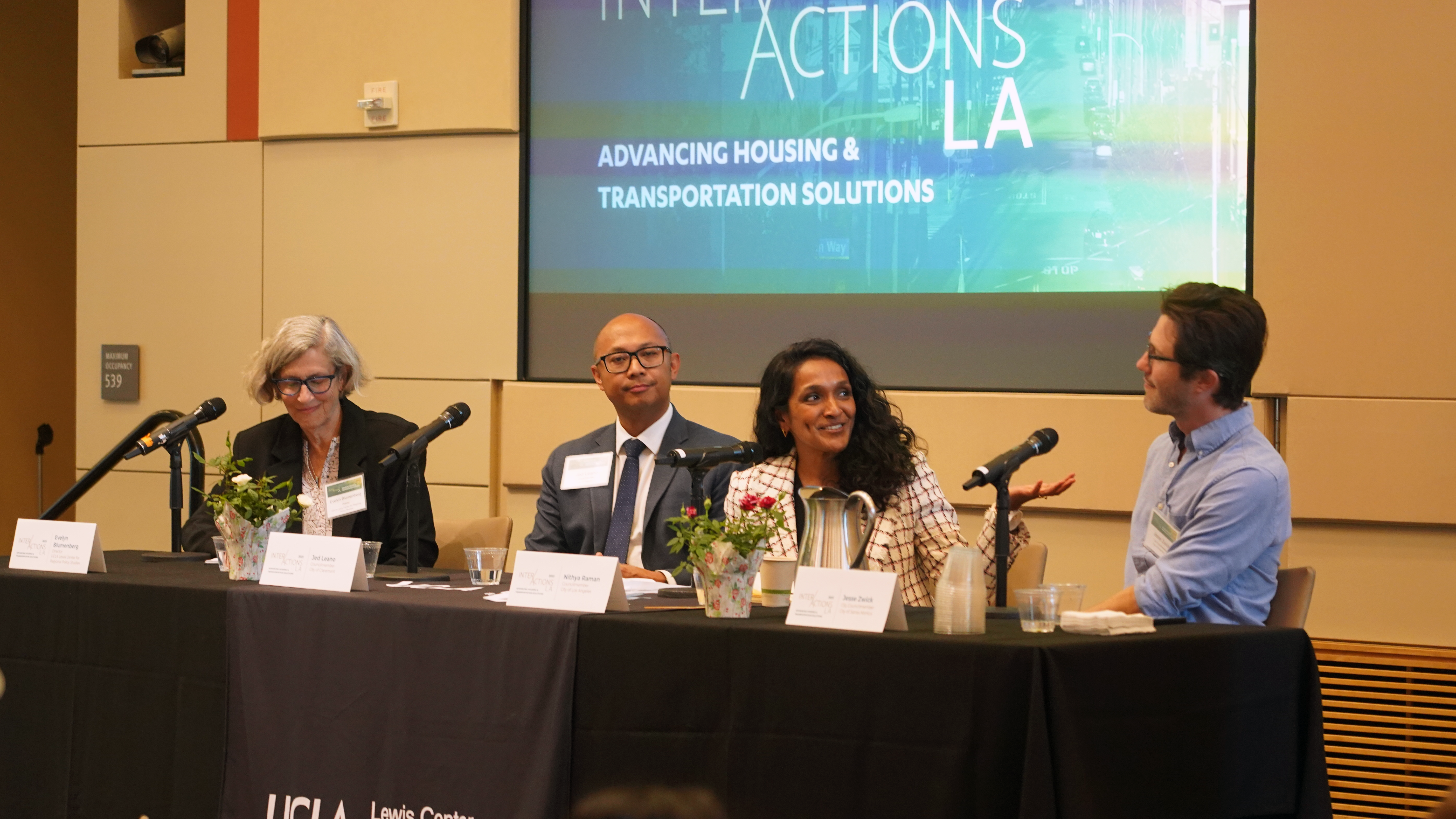
New book explores Black neighborhoods through music and policy
By JOEY WALDINGER
Professor Michael Lens had almost finished a draft of his first book — a study of Black neighborhood development since passage of the 1968 Fair Housing Act — when he began reading about the life of Earl Simmons, better known as the rapper DMX.
The title of his book, “Where the Hood At?”, hinted at the geographic and socioeconomic themes Lens explored in his research. It also happened to be the title and refrain from one of DMX’s biggest hits. As Lens learned more about DMX’s life, he was struck by how well it illustrated the story he was trying to tell.
Lens described the lightbulb moment: “[DMX] was born in 1970, he lived in public housing in Yonkers — of all places. Eventually, I realized I needed to lean into this and find more of these connections between music and space.”
Lens’s book “Where the Hood At?” opens with an introduction to the life of DMX and weaves in rap history throughout. Lens said he used music to engage a broader audience and to highlight the symbiotic relationship between Black neighborhoods and rap.
Comparing rap’s rise to the birth of Motown following the Great Migration, Lens explained, “racially concentrated neighborhoods created an environment where similarly musically inclined people could meet and collaborate.”
Beyond segregation
A scholar of housing policy and economic inequality, Lens sought to examine Black neighborhoods beyond the traditional focus on segregation. While influenced by scholars like University of Pennsylvania’s Lance Freeman, “Where the Hood At?” takes a different direction.
“This book isn’t a story about segregation. It is about Black neighborhoods, which are the result of segregation,” Lens said. “I wanted to look across the country and over a longer time period to try to capture what’s typical across different places.”
Lens also reflected on the importance of representation in scholarship. “Many of our great segregation scholars are not Black,” he said. “It doesn’t always take someone of that identity, but sometimes it does — to say, ‘I’m going to focus on this place that is part of my identity.”
Regional disparities in Black neighborhoods
In “Where the Hood At?,” Lens finds that while Black social and economic improvement since the 1970s has generally been slow, the outcomes vary by region. Whereas Black neighborhoods in the South are growing and thriving, those in the Midwest and Rust Belt are particularly disadvantaged.
Based on these findings, Lens recommends policy innovations to encourage Black economic activity in the South, including tax incentives for Black entrepreneurs and small business owners. He also challenges pervasive narratives around Black economic mobility, writing that concentrated disadvantage in Black neighborhoods is a more pressing problem than gentrification.
Initially, policy interventions were not a focus of this book. “I wanted to follow the data because I couldn’t find it anywhere else,” Lens said. “But, ultimately, as a professor of public policy and urban planning, it was inevitable that I would really start trying to think about the policy implications of all this.”
Where the book at?
Since the book’s release in November, Lens has been promoting his book at universities nationwide, including recent talks at the University of Pennsylvania and his alma mater New York University. As part of a tight-knit community of housing scholars from NYU, he appreciated the chance to celebrate with longtime supporters and collaborators.
He was particularly looking forward to speaking at the University of Minnesota, where friends and family from his hometown of St. Paul were sure to attend. Sharing his work with them feels particularly meaningful.
“For people outside academia, a professor’s job can seem mysterious,” Lens said. “You write journal articles, you don’t teach that much — none of that makes a lot of sense to your mom and your aunts. But they can understand a book.”



